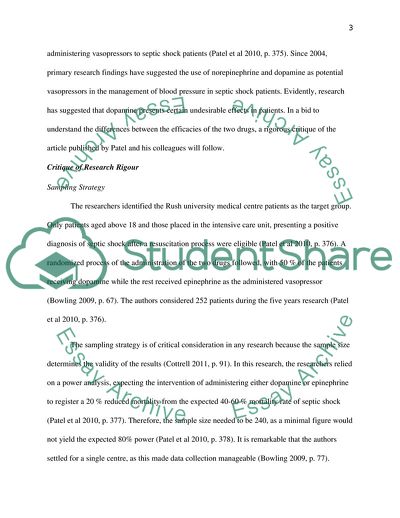Cite this document
(The Management of Septic Shock Literature review, n.d.)
The Management of Septic Shock Literature review. https://studentshare.org/health-sciences-medicine/1810222-literature-reviw-and-critical-evaluation-on-the-effective-catecholamine-drug-dopamine-or-norepinephrine-in-the-management-of-septic-shock-and-how-to-implicate-the-findings-into-current-practice
The Management of Septic Shock Literature review. https://studentshare.org/health-sciences-medicine/1810222-literature-reviw-and-critical-evaluation-on-the-effective-catecholamine-drug-dopamine-or-norepinephrine-in-the-management-of-septic-shock-and-how-to-implicate-the-findings-into-current-practice
(The Management of Septic Shock Literature Review)
The Management of Septic Shock Literature Review. https://studentshare.org/health-sciences-medicine/1810222-literature-reviw-and-critical-evaluation-on-the-effective-catecholamine-drug-dopamine-or-norepinephrine-in-the-management-of-septic-shock-and-how-to-implicate-the-findings-into-current-practice.
The Management of Septic Shock Literature Review. https://studentshare.org/health-sciences-medicine/1810222-literature-reviw-and-critical-evaluation-on-the-effective-catecholamine-drug-dopamine-or-norepinephrine-in-the-management-of-septic-shock-and-how-to-implicate-the-findings-into-current-practice.
“The Management of Septic Shock Literature Review”. https://studentshare.org/health-sciences-medicine/1810222-literature-reviw-and-critical-evaluation-on-the-effective-catecholamine-drug-dopamine-or-norepinephrine-in-the-management-of-septic-shock-and-how-to-implicate-the-findings-into-current-practice.


